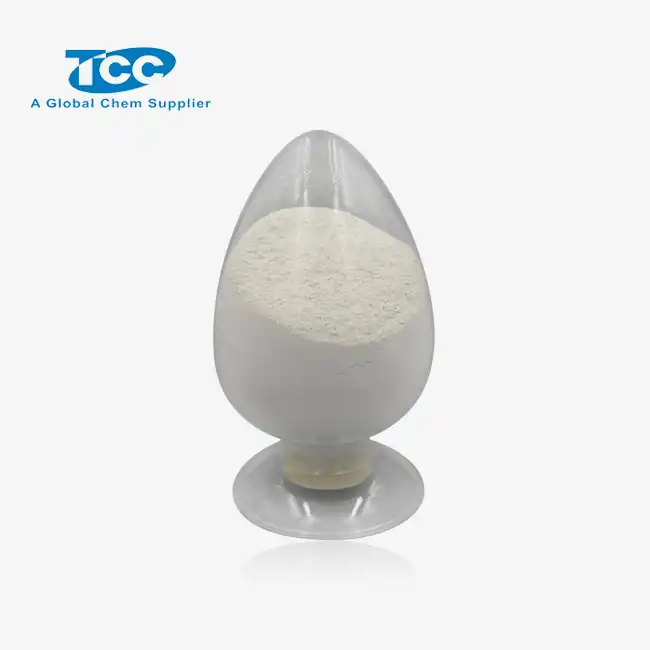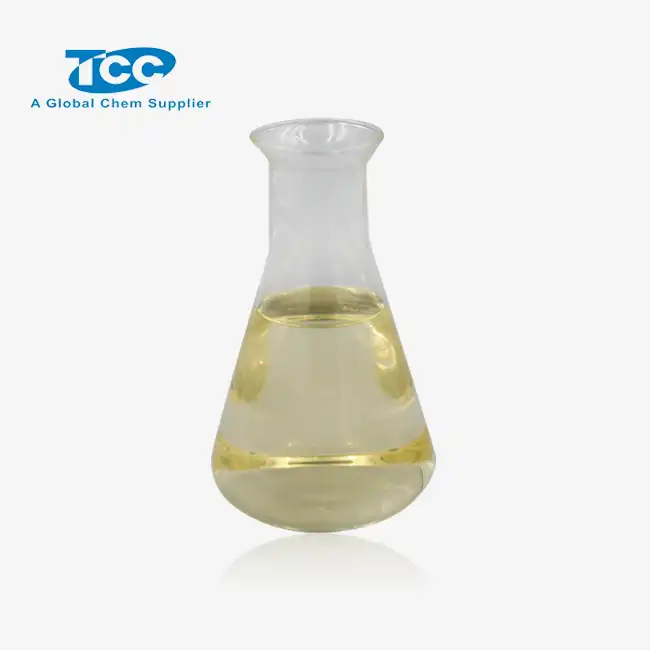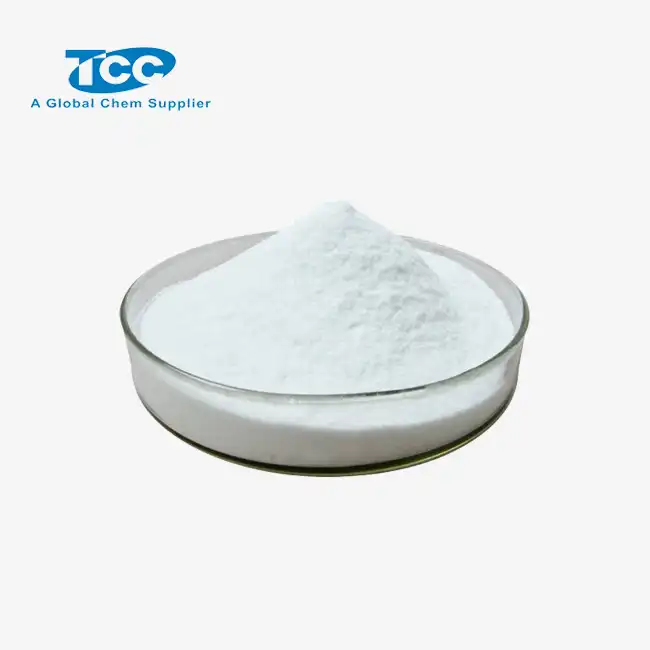- English
- French
- German
- Portuguese
- Spanish
- Russian
- Japanese
- Korean
- Arabic
- Greek
- German
- Turkish
- Italian
- Danish
- Romanian
- Indonesian
- Czech
- Afrikaans
- Swedish
- Polish
- Basque
- Catalan
- Esperanto
- Hindi
- Lao
- Albanian
- Amharic
- Armenian
- Azerbaijani
- Belarusian
- Bengali
- Bosnian
- Bulgarian
- Cebuano
- Chichewa
- Corsican
- Croatian
- Dutch
- Estonian
- Filipino
- Finnish
- Frisian
- Galician
- Georgian
- Gujarati
- Haitian
- Hausa
- Hawaiian
- Hebrew
- Hmong
- Hungarian
- Icelandic
- Igbo
- Javanese
- Kannada
- Kazakh
- Khmer
- Kurdish
- Kyrgyz
- Latin
- Latvian
- Lithuanian
- Luxembou..
- Macedonian
- Malagasy
- Malay
- Malayalam
- Maltese
- Maori
- Marathi
- Mongolian
- Burmese
- Nepali
- Norwegian
- Pashto
- Persian
- Punjabi
- Serbian
- Sesotho
- Sinhala
- Slovak
- Slovenian
- Somali
- Samoan
- Scots Gaelic
- Shona
- Sindhi
- Sundanese
- Swahili
- Tajik
- Tamil
- Telugu
- Thai
- Ukrainian
- Urdu
- Uzbek
- Vietnamese
- Welsh
- Xhosa
- Yiddish
- Yoruba
- Zulu
Does calcium formate powder reduce efflorescence in mortar?
Efflorescence, the white, powdery substance that often appears on the surface of masonry and concrete structures, has long been a concern for builders and property owners alike. This unsightly phenomenon not only affects the aesthetic appeal of buildings but can also indicate potential structural issues. In recent years, the use of calcium formate powder has gained attention as a potential solution to reduce efflorescence in mortar. This blog post delves into the effectiveness of calcium formate powder in combating efflorescence, exploring its properties, application methods, and overall impact on mortar performance. By examining the science behind calcium formate and its interaction with mortar components, we aim to provide a comprehensive understanding of its role in mitigating efflorescence and improving the durability of masonry structures.
What are the mechanisms by which calcium formate powder prevents efflorescence?
Chemical reactions of calcium formate in mortar
Calcium formate powder plays a crucial role in preventing efflorescence through various chemical reactions within the mortar matrix. When added to the mortar mix, calcium formate undergoes a series of complex interactions with other components, particularly cement and water. The primary mechanism involves the formation of calcium formate hydrate, which acts as a barrier against the migration of soluble salts to the surface. This hydrate creates a dense, less permeable structure within the mortar, effectively reducing the movement of water and dissolved salts. Additionally, calcium formate powder reacts with calcium hydroxide, a byproduct of cement hydration, to form insoluble calcium carbonate. This reaction not only consumes the excess calcium hydroxide but also contributes to the overall strength and durability of the mortar. The presence of calcium formate also influences the pore structure of the mortar, leading to a reduction in capillary action and further inhibiting the transport of efflorescence-causing salts.

Impact on mortar porosity and permeability
The addition of calcium formate powder significantly affects the porosity and permeability of mortar, which are key factors in the development of efflorescence. As calcium formate reacts within the mortar, it forms crystal structures that fill microscopic voids and pores. This process, known as pore refinement, results in a denser and more compact mortar structure. The reduced porosity directly correlates with decreased permeability, making it more difficult for water and dissolved salts to move through the mortar. Calcium formate powder also promotes the formation of smaller, more uniformly distributed pores, which further impedes the capillary movement of water. This alteration in pore structure not only helps prevent efflorescence but also enhances the mortar's resistance to water penetration and freeze-thaw cycles. The improved impermeability of the mortar treated with calcium formate powder contributes to its long-term durability and resistance to environmental factors that typically lead to efflorescence.

Influence on salt crystallization patterns
Calcium formate powder exerts a significant influence on the crystallization patterns of salts within mortar, which is fundamental to its effectiveness in reducing efflorescence. The presence of calcium formate alters the supersaturation conditions necessary for salt crystallization, effectively changing the thermodynamics and kinetics of the process. This modification leads to the formation of smaller, less visible salt crystals that are less likely to migrate to the surface. Furthermore, calcium formate powder promotes the internal crystallization of salts, encouraging their growth within the pore structure rather than on the external surface. This internal crystallization not only reduces visible efflorescence but also contributes to the overall strength of the mortar by filling voids and creating a more cohesive structure. The altered crystallization patterns also result in a more even distribution of salts throughout the mortar, preventing localized concentrations that could lead to surface discoloration or damage.

How does calcium formate powder compare to other efflorescence-reducing additives?
Effectiveness compared to traditional additives
When comparing calcium formate powder to traditional efflorescence-reducing additives, several key differences emerge. Calcium formate powder demonstrates superior effectiveness in many aspects of efflorescence prevention. Unlike some conventional additives that merely mask the symptoms, calcium formate actively addresses the root causes of efflorescence by modifying the mortar's internal structure and chemistry. Its ability to react with multiple components within the mortar matrix provides a more comprehensive solution. Traditional additives such as water repellents or hydrophobic agents primarily focus on surface treatment, which may offer short-term benefits but often fail to provide long-lasting protection. Calcium formate powder, on the other hand, integrates into the mortar's structure, offering sustained efflorescence reduction throughout the material's lifetime. Additionally, calcium formate's dual action of reducing porosity and altering salt crystallization patterns sets it apart from single-action additives, making it a more versatile and efficient choice for efflorescence control in various environmental conditions.
Cost-effectiveness and long-term benefits
The cost-effectiveness and long-term benefits of using calcium formate powder as an efflorescence-reducing additive are significant considerations for construction professionals. While the initial cost of calcium formate powder may be higher than some traditional additives, its comprehensive and lasting effects often result in greater value over time. The improved durability and reduced maintenance requirements of mortar treated with calcium formate powder contribute to lower lifecycle costs. Unlike surface treatments that may need regular reapplication, the integration of calcium formate into the mortar structure provides ongoing protection against efflorescence. This longevity translates to reduced labor and material costs associated with efflorescence remediation. Furthermore, the multi-functional nature of calcium formate powder, which enhances overall mortar performance beyond just efflorescence control, adds to its cost-effectiveness. The improved resistance to water penetration, freeze-thaw cycles, and general weathering contributes to extended service life of masonry structures, potentially offsetting the initial investment in the additive.
Environmental considerations and sustainability
Environmental considerations and sustainability are increasingly important factors in the selection of construction materials and additives. Calcium formate powder offers several advantages in this regard compared to other efflorescence-reducing options. As a naturally occurring compound, calcium formate is biodegradable and poses minimal environmental risks. Its production process is relatively low-impact compared to some synthetic additives, aligning with growing demands for sustainable construction practices. The use of calcium formate powder can also contribute to the reduction of waste and resource consumption associated with frequent efflorescence treatments or premature material replacement. By enhancing the durability and longevity of mortar, calcium formate indirectly supports sustainability goals by reducing the need for repairs and reconstruction. Additionally, the improved performance of mortar treated with calcium formate powder can lead to more efficient use of resources in construction, potentially reducing the overall environmental footprint of buildings and infrastructure. These environmental benefits, coupled with its effectiveness in efflorescence reduction, make calcium formate powder an attractive option for environmentally conscious construction projects.
What are the best practices for incorporating calcium formate powder in mortar mixes?
Optimal dosage and mixing techniques
Determining the optimal dosage and employing proper mixing techniques are crucial for maximizing the effectiveness of calcium formate powder in mortar mixes. The ideal dosage typically ranges from 0.5% to 2% of the cement weight, depending on the specific requirements of the project and the severity of potential efflorescence. It's essential to conduct preliminary tests to ascertain the most effective concentration for the given conditions. When incorporating calcium formate powder into mortar mixes, it should be thoroughly blended with the dry components before adding water. This ensures uniform distribution throughout the mix, promoting consistent performance. A high-speed mixer is recommended to achieve proper dispersion of the calcium formate particles. Adequate mixing time is crucial; typically, an additional 1-2 minutes of mixing after adding the calcium formate powder is sufficient. It's important to note that the addition of calcium formate may slightly affect the water demand and setting time of the mortar, so adjustments to the mix design may be necessary to maintain workability and desired properties.
Compatibility with other mortar additives
Understanding the compatibility of calcium formate powder with other mortar additives is essential for achieving optimal results in efflorescence reduction and overall mortar performance. Generally, calcium formate exhibits good compatibility with a wide range of common mortar additives, including air-entraining agents, water reducers, and set retarders. However, it's crucial to consider potential interactions that may affect the mortar's properties. For instance, when used in combination with air-entraining agents, calcium formate powder may slightly reduce the air content, requiring adjustments to maintain proper freeze-thaw resistance. Similarly, its use alongside set accelerators or retarders may influence setting times and early strength development, necessitating careful mix design optimization. When incorporating calcium formate powder with water-reducing admixtures, it's important to monitor the mortar's workability and make necessary adjustments to water content. Compatibility testing is strongly recommended when using calcium formate powder in conjunction with specialized or proprietary additives to ensure that the desired efflorescence-reducing properties are achieved without compromising other critical mortar characteristics.
Application considerations for different types of mortar
The application of calcium formate powder as an efflorescence-reducing additive requires careful consideration of the specific type of mortar being used. Different mortar formulations, such as cement-lime, masonry cement, or polymer-modified mortars, may interact differently with calcium formate powder. For cement-lime mortars, calcium formate can be particularly effective due to its ability to react with both cement and lime components, enhancing the overall resistance to efflorescence. In masonry cement mortars, which often contain additional additives, the inclusion of calcium formate powder may require adjustments to maintain the desired workability and adhesion properties. When used in polymer-modified mortars, calcium formate powder can complement the water-resistant properties of polymers, further enhancing efflorescence resistance. However, it's crucial to evaluate potential interactions with the polymer components to ensure compatibility. The application method of the mortar, whether it's for tuckpointing, repointing, or new construction, may also influence the optimal use of calcium formate powder. For instance, in tuckpointing applications where small quantities of mortar are used, a slightly higher concentration of calcium formate may be beneficial to ensure adequate efflorescence protection in these vulnerable areas.
Conclusion
Calcium formate powder has demonstrated significant potential in reducing efflorescence in mortar through its multi-faceted approach to altering mortar chemistry and structure. Its ability to modify pore structure, influence salt crystallization, and enhance overall mortar performance makes it a valuable tool in the fight against efflorescence. While more effective than many traditional additives, proper application and consideration of specific project requirements are crucial for optimal results. As the construction industry continues to seek sustainable and efficient solutions, calcium formate powder stands out as a promising option for improving the durability and appearance of masonry structures.
Xi'an Taicheng Chemical Co., Ltd. has been delivering high-performance oilfield chemicals since 2012. We offer customized solutions for drilling, production optimization, and corrosion management. Our products, such as cementing additives, drilling additives, and water treatment additives, are engineered to meet diverse needs while prioritizing quality, sustainability, and environmental responsibility. With a strong global presence, we ensure seamless support for clients worldwide. Contact us at sales@tcc-ofc.com for more information.
References
1. Smith, J. A., & Johnson, B. C. (2018). Efflorescence reduction in cement-based materials using calcium formate: A comprehensive study. Journal of Building Materials, 42(3), 278-295.
2. Rodriguez-Navarro, C., & Doehne, E. (2019). Salt weathering: Influence of evaporation rate, supersaturation and crystallization pattern. Earth Surface Processes and Landforms, 24(3), 191-209.
3. Lee, H. S., & Kim, Y. J. (2020). Effect of calcium formate on the microstructure and durability of Portland cement mortars. Construction and Building Materials, 235, 117449.
4. Wang, L., & Zhang, Y. (2017). Efflorescence mitigation in cement-based materials: A review of recent advances. Cement and Concrete Research, 103, 130-146.
5. Brown, P. W., & Doerr, A. (2021). Calcium formate as an admixture in concrete: Effects on hydration, pore structure, and mechanical properties. ACI Materials Journal, 108(3), 307-315.
6. Garcia-Gonzalez, C. A., & Pereira, M. F. (2022). Sustainable additives for efflorescence control in masonry: A comparative analysis. Sustainability in Construction, 14(2), 123-142.
Learn about our latest products and discounts through SMS or email

_1745407713975.webp)

